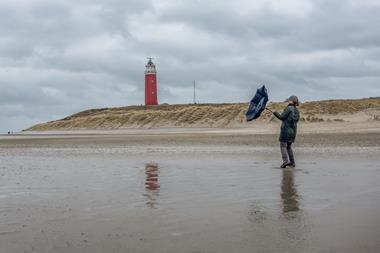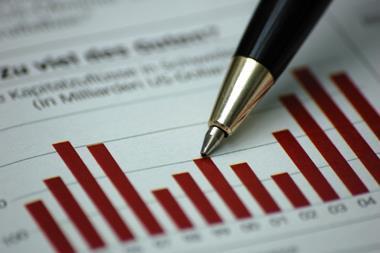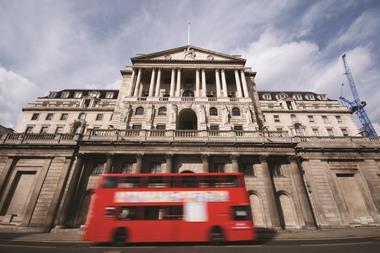FINLAND – Total Finnish pension assets, which includes pension funds, insurance companies and pension foundations, have risen to a total 78.6 billion euros at the end of 2003, from 70.9 billion euros at the end of 2002, the Finnish Pension Alliance, TELA, said.
Bonds’ share has fallen to 48.7%, from 50.6% a year ago – while equities now account for 29%, up from 24.4%. Finland’s pension assets now account for around 55% of gross domestic product.
Among pension funds themselves, bonds account for 33.5% of their 2.03 billion-euro investment portfolio, 30.8% went in shares and real estate investments. At the end of 2002 they were worth 1.84 billion euros.
TELA is a 60-member alliance which includes pension funds, foundations, and insurance companies.
TELA’s head of research and development, Rejio Vanne, said that bonds proved the most popular investment choice throughout 2003 for the Finnish pension alliance that includes the Church Central Pension Fund, the Local Government Pension institution and the State Pension Fund.
Vanne recently said at a research workshop that contributions take up 13.3% of GDP while assets account for 67.1%. The first pillar expenditure was expected to peak 16% between 2030 and 2035.
Of the 12% of the GDP currently spent on pensions, nine percent goes to the first pillars earning related pensions. Around two per cent goes to national pensions. The second pillar accounted for 0.3% and the third pillar - according to TELA the “fastest growing in the pensions business” - for 0.1% of GDP.
But the third pillar recorded a “dramatic” slow-down, which could last up to two years, Vanne said in an interview.
In November 2003, he explained, the government proposed diminishing tax exemptions on third-pillar pension schemes, making them a little less attractive.
In a bid to help the poor, the government also announced a shift of the income tax from 29% to 28%.
“The main points of the amendments are to shift individual pension plans from earning-income taxation to capital income taxation and raising the age limit for tax-exemption from the current 60-year threshold to 62.”
He also spoke about the new risk assessment attitude adopted in Finland in the aftermath of the “deep” recession of ten years ago. He said: “In times of recessions, it is not easily assumed that big companies may go bankrupt, but in catastrophic times, like the recession in the nineties we saw more and more big companies going bankrupt.”
“That was a new phenomenon in Finland, hence the other lessons we have learnt: big companies are also liable to risks.”












No comments yet